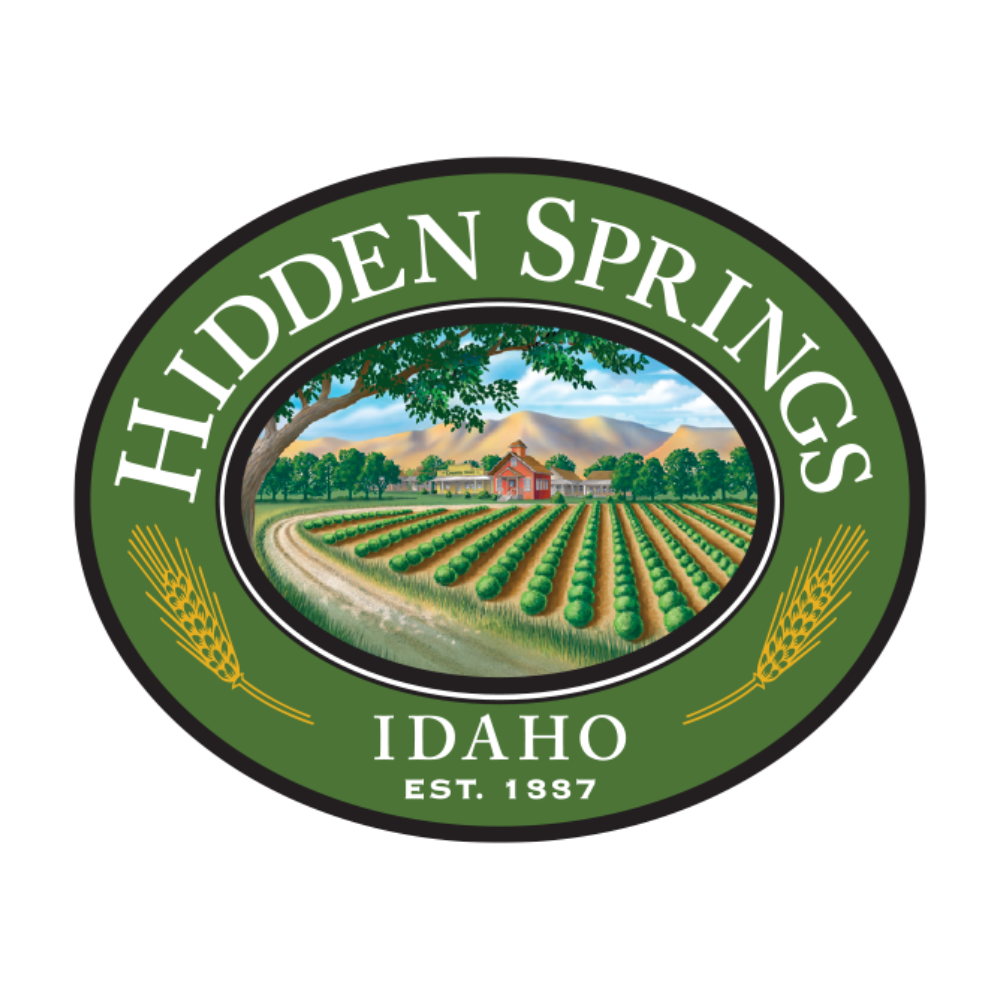EASEMENT
CONSERVATION
Conservation Easement
CONSERVATION EASEMENT
Hidden Springs Idaho is a planned community on 1,844 acres in the Dry Creek Valley northwest of Boise, Idaho (Figure 1a-d). After development by Developers of Hidden Springs LLC (DHS) and other entities beginning in 1998, all remaining natural open space parcels in the community were deeded over to Hidden Springs Town Association, Inc. (HSTA) in 2008. Under the terms of the Hidden Springs Idaho Planned Community Ordinance (Section 8- 21A-5E), no less than 810 acres of Hidden Springs property, designated as the “Open Space Area”, are to remain open and free from development · other than wildlife habitat improvement, trails and other recreational improvements, agriculture and agricultural operations and outbuildings.
As of 2014, more than 988 acres in Hidden Springs Idaho have been designated as natural open space subject to the terms of a Conservation Easement (CE) held by Ada County. Another 59-acre parcel of natural open space east of Cartwright Road is not held in the CE because it is bisected by a road easement. However, this parcel is presently managed as part of the CE.
Hidden Springs Idaho assigned the CE to Ada County in 1997 (Instrument# 97014352, February 24, 1997). The CE provides members of the public the right to enter and use any portion of the open space that is subject to a license or easement for trails (Appendix A). As part of the CE, Hidden Springs agreed to:
“…preserve and protect the scenic, historic, scientific, educational, natural, agricultural, open space and water resource values of the Open Space Area …”
Maps shown here serve to help identify the Open Space within Hidden Springs Idaho.
The first map shows those areas under the Declaration of Conservation Easement… these natural areas include all agricultural lands, trails and some common areas.
Manicured parks and a small number of common areas within Hidden Springs Idaho are considered to be open space but are not included under the conservation easement, these can be seen in the second map.
CONSERVATION DOCUMENTS



